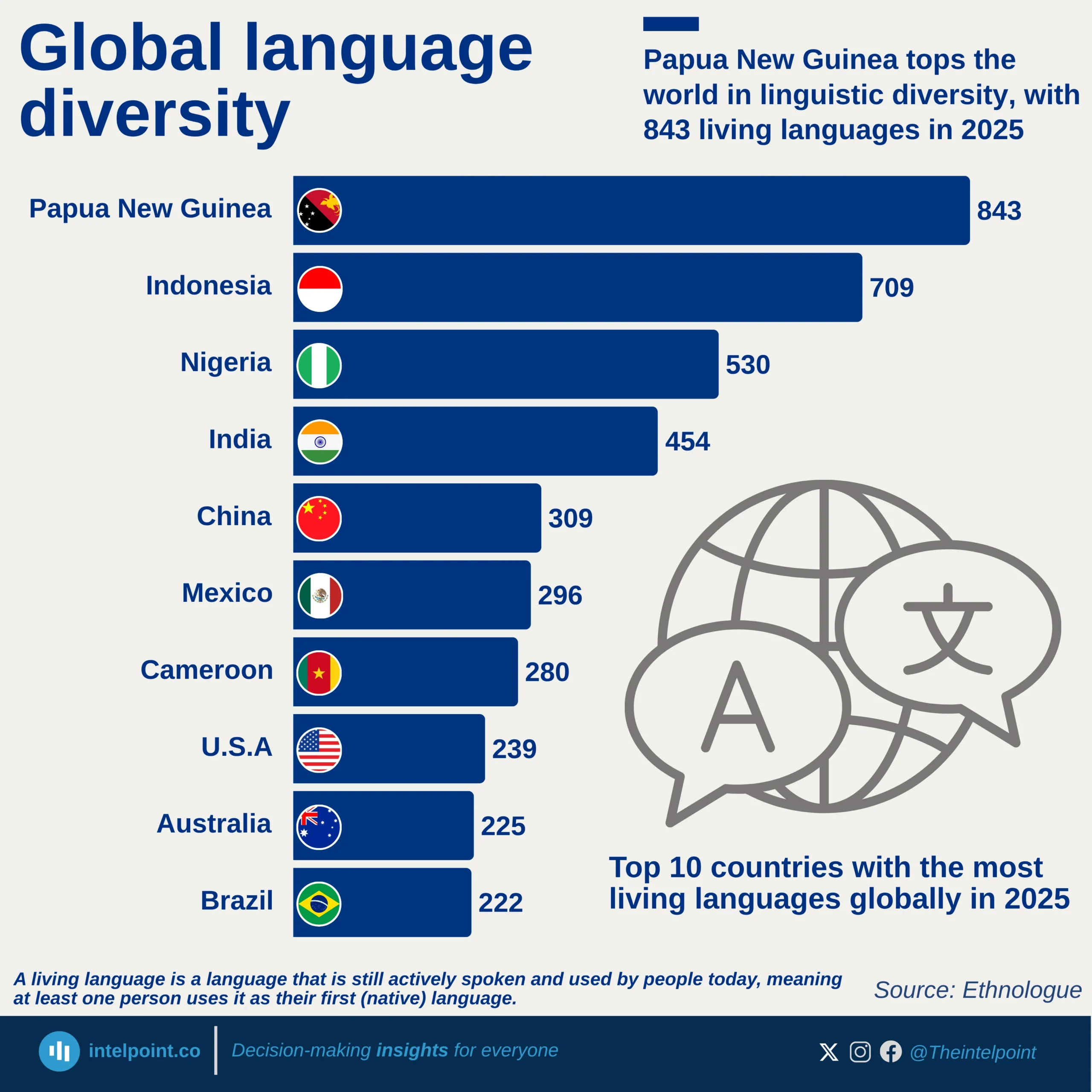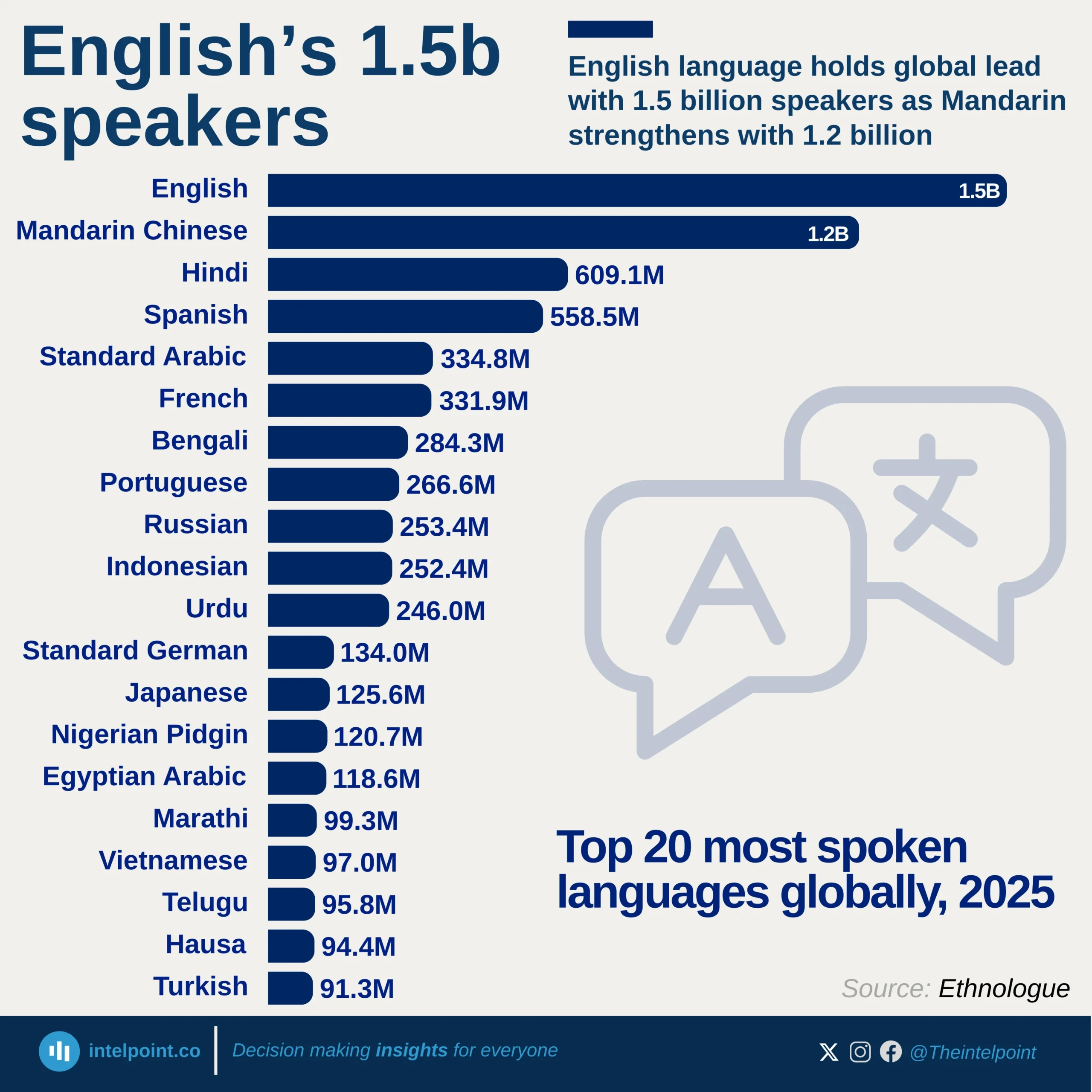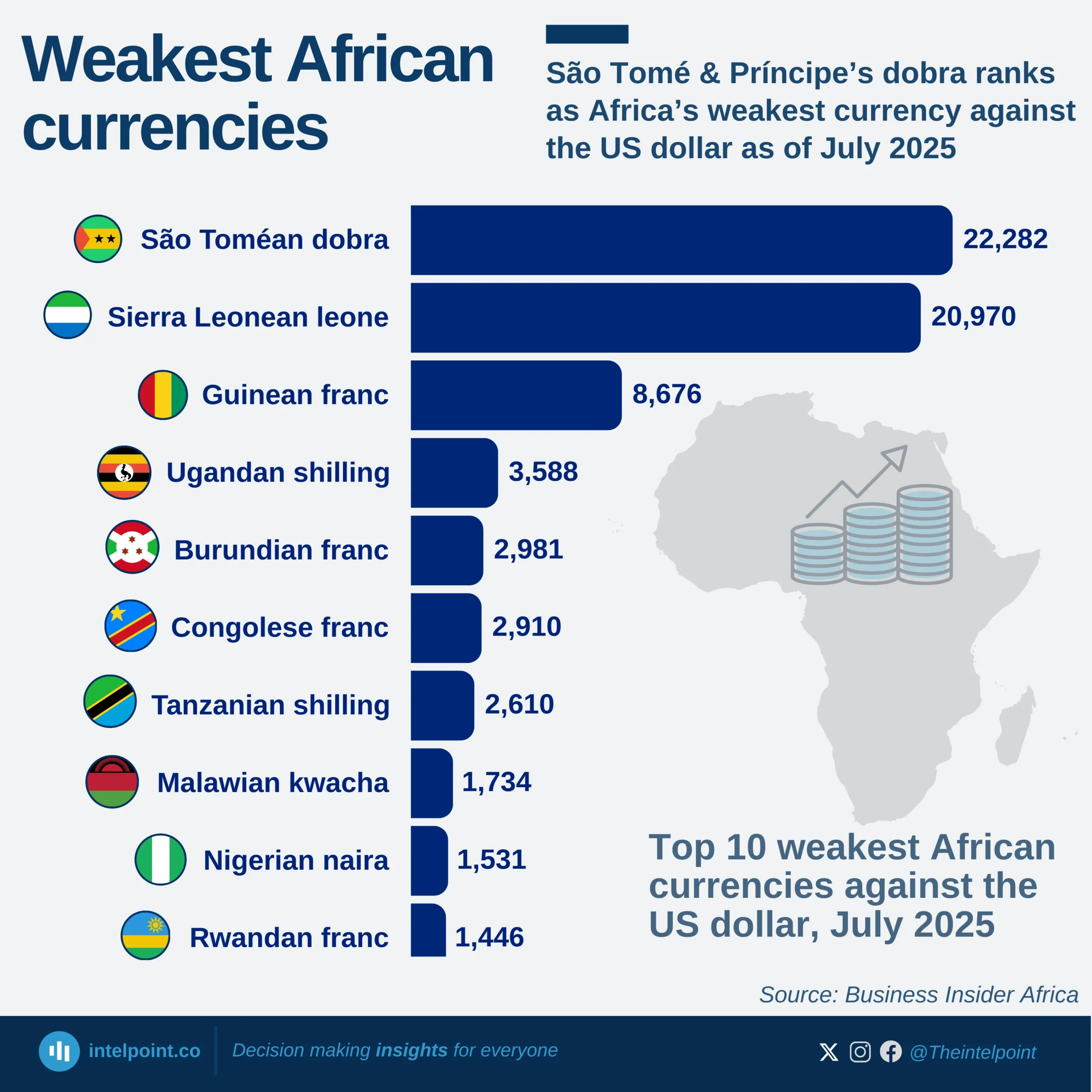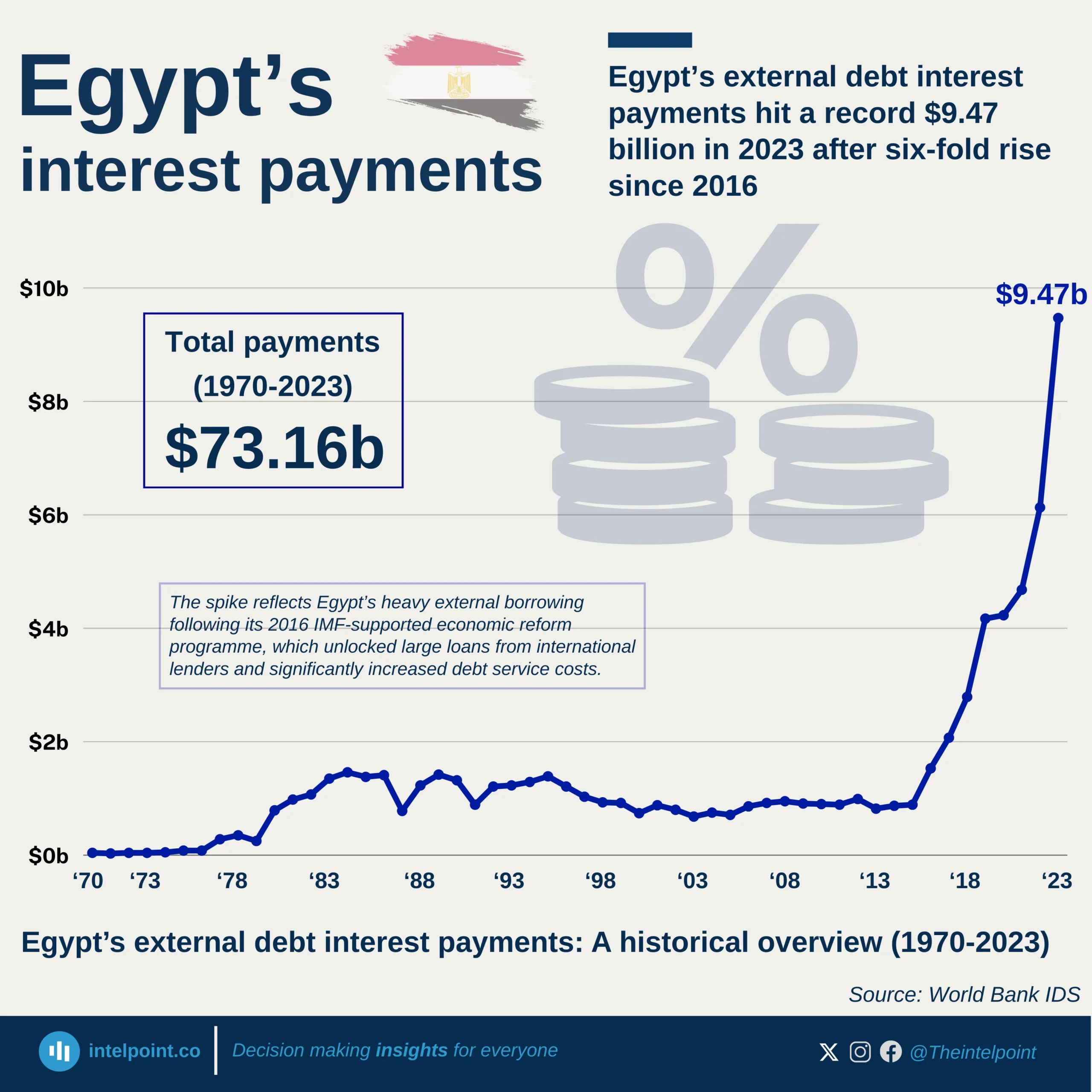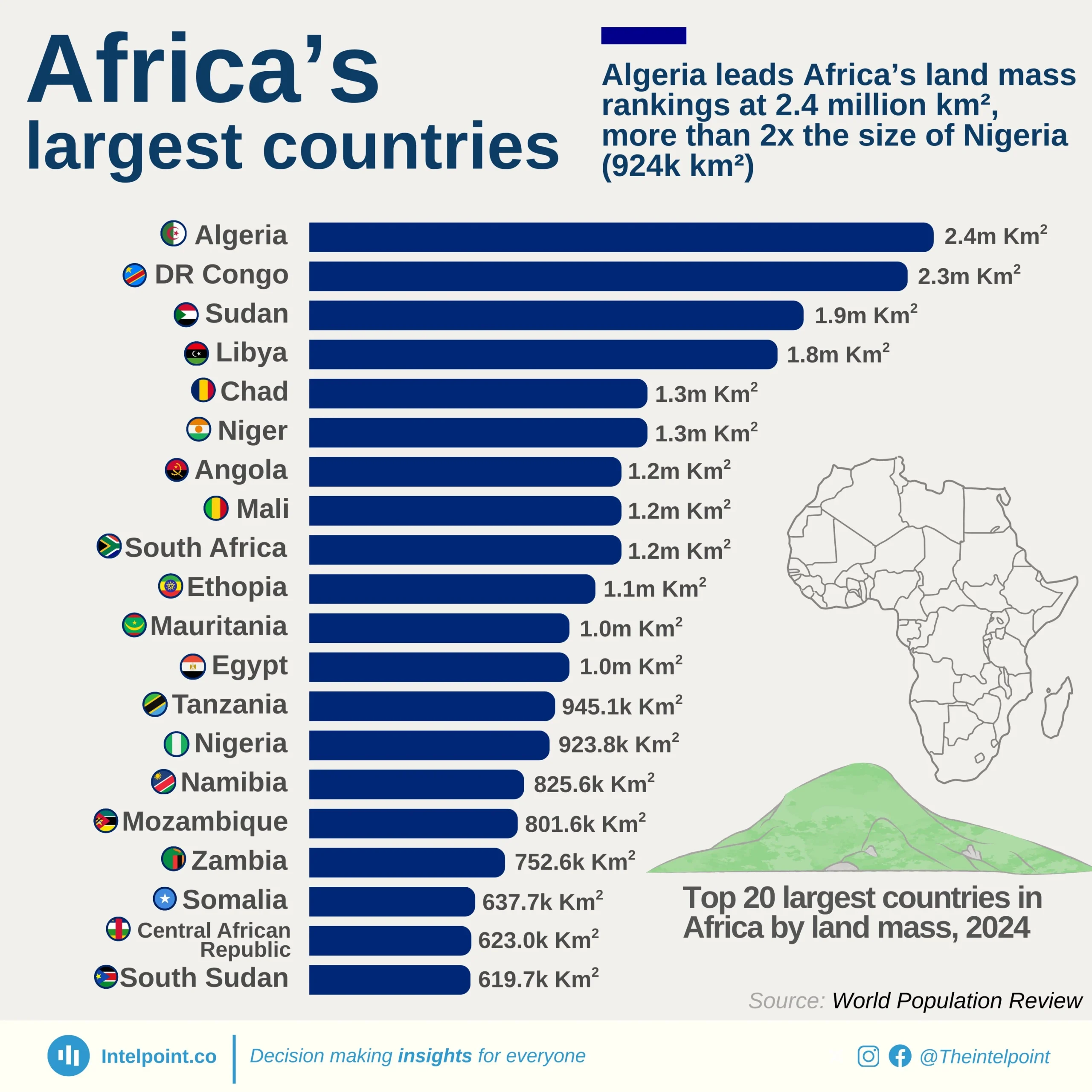From 1990 to 2024, elephant ivory seizures across these top countries paint a revealing picture of the global illegal ivory network. Kenya, the country with the highest recorded confiscations, has long been a hotspot, due both to its proximity to major elephant populations and to strong customs activity. Other African countries like Uganda, Mozambique, and Nigeria also appear prominently on the list, highlighting the region’s ongoing struggle with poaching and illegal transport.
On the other side of the trade, countries like China, Vietnam, and Hong Kong have historically been identified as major destinations or key transit points. Their high seizure numbers align with long established trafficking patterns. Singapore and Malaysia, known for their international shipping hubs, further reflect how ivory often moves through legal trade routes to mask illicit activity.
